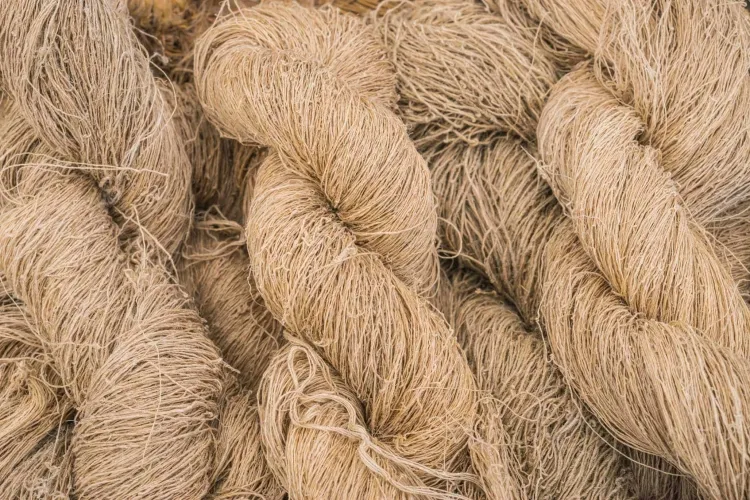The Versatility of Fiber Materials and Fiber Bats...!!!
fiber materials and fiber bats play vital roles in multiple industries due to their diverse properties and applications.

Overview of Fiber Materials and Fiber Bats
Fiber Materials
Fiber materials are foundational elements across numerous industries, from textiles and clothing to aerospace and automotive sectors. These materials can be either natural or synthetic, each bringing unique properties and applications.
-
Natural Fibers: Derived from plants, animals, or minerals, natural fibers include cotton, wool, silk, and flax. These fibers are biodegradable and have been utilized for centuries. Cotton is soft, absorbent, and breathable, making it ideal for clothing. Wool, sourced from sheep, provides excellent insulation and is common in cold-weather garments. Silk, produced by silkworms, is valued for its smooth texture and sheen, often found in luxury apparel. Flax, used to make linen, is strong and durable, perfect for summer clothing and home textiles.
-
Synthetic Fibers: Man-made fibers, typically derived from petrochemicals, include polyester, nylon, acrylic, and spandex. Polyester is noted for its durability, wrinkle resistance, and quick-drying properties. Nylon, with its strength and elasticity, is used in products ranging from hosiery to parachutes. Acrylic fibers mimic wool and are often used in sweaters and blankets. Spandex, known for its exceptional elasticity, is used in sportswear and undergarments.
-
Blended Fibers: To harness the best attributes of both natural and synthetic fibers, manufacturers create blended fibers. For instance, a cotton-polyester blend combines the breathability of cotton with the durability of polyester, resulting in a fabric that is both comfortable and long-lasting.
Properties and Applications of Fiber Materials
The properties of fiber materials determine their suitability for various uses. Key attributes include tensile strength, elasticity, moisture absorption, thermal conductivity, and resistance to chemicals and abrasion. For example, carbon fibers, known for their high tensile strength and low weight, are used in the aerospace and automotive industries to reduce weight without sacrificing strength. Glass fibers, with excellent thermal and electrical insulation properties, are used in construction and electrical industries.
In textiles, fiber properties influence fabric characteristics such as softness, breathability, stretch, and durability. Selecting the right fiber material is therefore crucial to achieving the desired performance and aesthetics in the final product.

Fiber Bats
Fiber bats, also known as batting, are non-woven sheets of fibers held together through bonding or mechanical processes. Batting is primarily used in quilting, insulation, and padding. The type of fiber used in batting influences its properties and suitability for different applications.
-
Types of Fiber Bats: Fiber bats can be made from natural fibers like cotton and wool, or synthetic fibers like polyester. Cotton batting is soft, breathable, and natural-feeling, making it popular for quilts and bedding. Wool batting is warm and resilient, often used in high-quality quilts and insulated clothing. Polyester batting is lightweight, durable, and resistant to mildew and mold, making it ideal for both indoor and outdoor applications.
-
Bonding Methods: Fiber bats can be bonded using various methods:
-
Mechanical Bonding: Physically entangling the fibers, often through needle punching, where barbed needles punch through the fiber layers to interlock them.
-
Thermal Bonding: Using heat to melt and fuse synthetic fibers together, creating a stable structure, commonly used for polyester batting.
-
Chemical Bonding: Using adhesives to bond the fibers, allowing for a variety of textures and densities in the batting.
-

-
Applications: Beyond quilting and bedding, fiber bats are used in diverse applications. In the automotive industry, they provide insulation and padding in car interiors. In construction, they serve as thermal and acoustic insulation in buildings. In furniture, batting is used for padding in cushions and upholstery. Additionally, batting is used in medical applications, such as wound dressings and padding for orthopedic supports.
In summary, fiber materials and fiber bats play vital roles in multiple industries due to their diverse properties and applications. Understanding the types, properties, and uses of these materials enables manufacturers to select the best options for their specific needs, ensuring the production of high-quality, functional, and durable products.
What's Your Reaction?

















